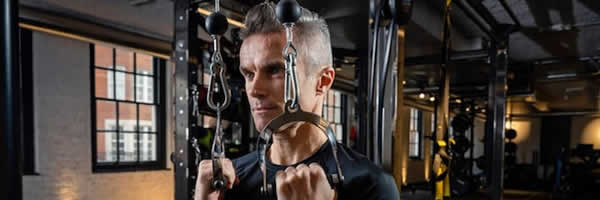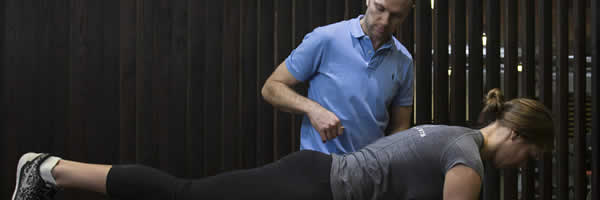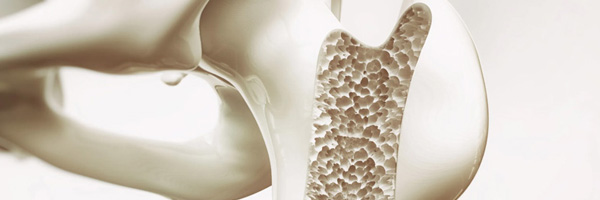Personal Training
The Matt Roberts Personal Training team have long been recognised as industry leaders. With more than a million hours delivered across the UK. Now, our expert training team can coach you wherever you are in the world!
It has all kicked off – the flags are flying from each black cab, the dulcet tones of groups of men singing “three lions” fill the air and work places are awash with sweepstakes (I got Chile). People get inspired to start kicking the ball again when the World Cup is on; football is fun and great for fitness. However with it come injuries galore…just ask England’s Chief Physio Gary Lewin!
Whilst ankle dislocations for team physios are not so common, ligaments tears and muscle strains can happen with ease. So here is line-up of the most common injuries in our country’s favourite game.
He breaks away and heads for the goal but is soon challenged: he reacts by turning quickly, foot locked on to the ground but leg twisting…. pop. There goes his Anterior Cruciate Ligament. This strong connective tissue prevents the tibia (shin bone) from sliding forwards, away from the thigh bone (femur). A tear can mean surgery and extensive rehab. Strong hamstrings and quadriceps can reduce the chance of this injury.
By far the most common of injuries in football. The player is tackling another player, he moves quickly, shows great agility, then: snap. The foot rolls under the ankle, tearing the ligaments that lie on the outer side of the foot. Length of healing depends on extent of the tear. Injury risk reduces with very specific strengthening and balance exercises.
He kicks his leg forwards, he shoots! He feels a ping in the back of his thigh. He performs a spectacular dive on to the ground. Hamstring tears are extremely common due to the nature of the game (locked knee lengthening the hamstrings). Immensely painful: healing time can take 8-12 weeks. Prevention can be improved with adequate mobility and stretching drills.
The player jumps up to header the ball and instead head-butts another head, a foot or perhaps the ball. A bruise (contusion) can form which can increase the pressure on the brain itself, causing concussion. This is very serious and must always be approached with extra care (seen by a doctor).
So that is a round up of my top footballing injuries. It is a fast game that requires great skills and training; so do your warm-up and mobilise to give injuries the red card!

The Matt Roberts Personal Training team have long been recognised as industry leaders. With more than a million hours delivered across the UK. Now, our expert training team can coach you wherever you are in the world!

Mayfair Physiotherapy offers unrivalled expertise and high quality care. We have an expert team of Specialist Physiotherapists with years of experience led by Simon Gilchrist.

Located in the heart of Knightsbridge, the Bone Health Clinic at Evolution offers a cutting-edge service designed to combat osteoporosis and osteopenia.

Vive Fitness combines EMS (electro-muscle-stimulation) technology with tailored training programmes to transform your health and fitness experience.

Every gut is unique and as such it is essential you have the deepest possible understanding of your own in order to optimise your diet and lifestyle.

Your hormones are at the heart of your health and performance, ultimately determining how well you feel and function throughout your life.

While striving for physical health and longevity is essential to live your best life, it is vital that we learn how to better care for and tend to our mental and emotional wellbeing.